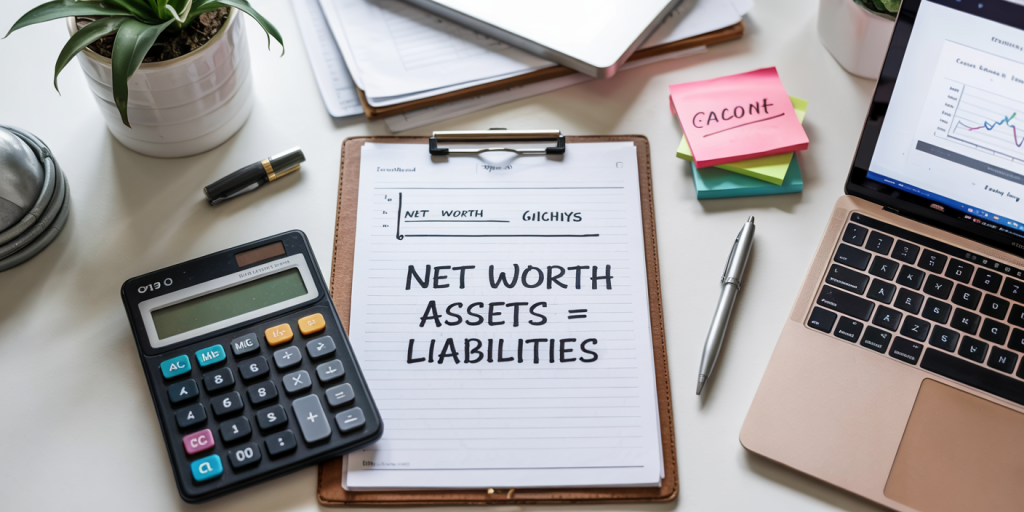Late to the Retirement Game? Here’s How to Catch Up—Fast
Anúncios
It’s Not Too Late to Build a Comfortable Retirement
You’re not alone if you suddenly realize that retirement is closer than you thought—and your savings aren’t where they should be. Life has a way of throwing curveballs: raising kids, paying off student loans, helping aging parents, dealing with job instability, or simply not knowing where to begin with retirement planning. Maybe you’re in your 40s or 50s and the reality of retirement has started to hit. If you’re feeling behind, here’s the good news: it’s not too late to turn things around.
What you need now isn’t perfection. You need urgency, consistency, and a smart game plan. You can still build a financially secure retirement—even a fulfilling one—with the right mindset and strategies.
Let’s walk through exactly how to catch up fast.
Anúncios
1. Assess Where You Are Right Now
Before creating any plan, you need a full understanding of your current financial position.

Anúncios
Calculate Your Net Worth
Start by listing all your assets and liabilities. Add up your savings accounts, retirement accounts (401(k), IRA), investment portfolios, home equity, and any other property or valuable items. Then subtract all debts—mortgages, car loans, credit cards, and personal loans.
Net Worth = Total Assets – Total Liabilities
This number is your starting line. You can’t improve what you can’t measure.
Define Your Retirement Number
Most experts recommend replacing 70% to 80% of your pre-retirement income each year after you stop working. Multiply your desired annual income by 25 to estimate how much you need saved for a 25-year retirement.
Example:
Desired retirement income: $70,000/year
Goal: $70,000 x 25 = $1.75 million
Don’t let this number intimidate you. It’s a long-term target, and there are many paths to get there.
2. Use Catch-Up Contributions to Their Full Potential
The IRS allows people age 50 and older to contribute more to retirement accounts each year, giving late starters a powerful opportunity.
2024 Contribution Limits:
-
401(k):
-
Under 50: $23,000
-
Age 50+: $30,500 (includes $7,500 catch-up)
-
-
Traditional or Roth IRA:
-
Under 50: $7,000
-
Age 50+: $8,000
-
-
HSA (if you have a high-deductible health plan):
-
Under 55: $4,150
-
Age 55+: $5,150
-
Max out these accounts if you can. Prioritize your 401(k) up to your company match, then an IRA, and finally go back to your 401(k) for additional contributions. Don’t forget HSAs—they offer a triple tax advantage and can be used for medical expenses in retirement.
Automate Contributions and Increase Over Time
-
Set up automatic payroll deductions
-
Increase your contribution by 1% every 6 months
-
Allocate bonuses and side income directly to retirement
Time is now your most limited resource. The more you can contribute today, the more compound growth you’ll benefit from.
3. Supercharge Your Income and Slash Spending
To accelerate your catch-up plan, you need to boost your savings rate beyond the average.
Increase Your Earnings
Small income boosts can have a big impact when invested consistently.
Ideas to earn more:
-
Ask for a raise or promotion
-
Freelance or consult in your field
-
Sell unused items online
-
Tutor, pet sit, or drive for rideshare apps
-
Rent out part of your home or garage
Example:
An extra $500/month invested with a 7% annual return for 15 years = over $150,000
Slash Expenses Ruthlessly
Every dollar you save today is worth more tomorrow.
Cut costs in these areas:
-
Dining out: Cook at home more
-
Subscriptions: Cancel unused services
-
Transportation: Drive a paid-off or fuel-efficient car
-
Housing: Consider downsizing or moving to a lower-cost area
-
Debt: Refinance high-interest debt aggressively
Build a budget that reflects your new priorities—and stick to it.
4. Invest Aggressively but Wisely
You don’t have time to rely on ultra-conservative investments. Your money needs to grow—fast. But that doesn’t mean gambling it all on risky bets.
Build a Growth-Oriented Portfolio
Prioritize low-cost index funds that track broad markets (like the S&P 500 or total market funds). These provide long-term growth without the cost of active management.
Consider:
-
Vanguard Total Stock Market ETF (VTI)
-
Vanguard S&P 500 ETF (VOO)
-
Target-date retirement funds (great for simplicity)
Avoid These Common Pitfalls
-
Emotional investing: Don’t pull money out during a market downturn. Stay the course.
-
Holding too much cash: Inflation erodes cash value. Keep emergency savings liquid, but invest the rest.
-
Timing the market: Focus on time in the market, not trying to buy low and sell high.
5. Redefine and Delay Retirement
Pushing your retirement back just a few years can dramatically shift your outlook.

Benefits of Delaying Retirement
-
More years of saving: Additional income and contributions
-
Shorter retirement: Less time your savings need to last
-
Larger Social Security: You gain about 8% more per year by delaying from full retirement age to 70
Redefine What Retirement Looks Like
Retirement doesn’t have to mean full-stop.
Consider:
-
Part-time work
-
Consulting or freelancing
-
Teaching or mentoring
-
Passion-based side businesses
This “semi-retired” lifestyle lets you supplement income, stay mentally sharp, and reduce the strain on your nest egg.
6. What If You’re in Your 60s With Very Little Saved?
If you’re already in your 60s and have less than $50,000 saved, don’t panic. There’s still time to make a meaningful difference.
Immediate Steps to Take:
-
Delay Social Security: If possible, wait until age 70
-
Cut housing costs: Sell, downsize, or consider house hacking (renting rooms)
-
Keep working: Even part-time income slows your savings depletion
-
Prioritize health: Medical expenses are a huge retirement cost. Stay active and eat well.
-
Use assistance programs: Medicare, Medicaid, SNAP, and other programs may help.
Remember: retirement is not a finish line, it’s a transition. Many people thrive in retirement without massive savings by adjusting lifestyle and expectations.
7. Real-Life Example: Michael’s Catch-Up Plan
Michael, 52, had just $20,000 saved for retirement and was earning $60,000 annually. Here’s how he changed his future.
His Action Plan:
-
Increased 401(k) contributions to 18%
-
Opened a Roth IRA and maxed it out
-
Started freelance writing for $500/month extra
-
Moved to a more affordable city
-
Sold his second car to reduce insurance and maintenance costs
After 12 Years:
-
401(k): $260,000
-
Roth IRA: $120,000
-
Freelance income invested separately: $85,000
-
Social Security estimate at age 68: $2,200/month
Michael didn’t get rich overnight. He stayed focused, committed, and consistent.
You’re Not Too Late—You’re Just Getting Started

It’s easy to feel discouraged when you realize you’re behind on retirement. But regret doesn’t pay the bills. Action does.
You don’t need to be a financial genius. You need a plan, discipline, and time. Even if you’re 50 or older, you still have enough runway to create a meaningful, comfortable retirement.
Recap the Action Steps:
-
📊 Know your numbers: Calculate your net worth and retirement goal
-
📈 Max out contributions: Take full advantage of catch-up limits
-
💵 Boost your income: Side hustles, promotions, smarter choices
-
🧾 Trim spending: Budget with purpose and urgency
-
📊 Invest strategically: Focus on growth, not speculation
-
⏳ Delay or redefine retirement: Every year counts
The only wrong time to start is tomorrow. Today is the day to take control of your financial future—one step at a time.
Post Comment